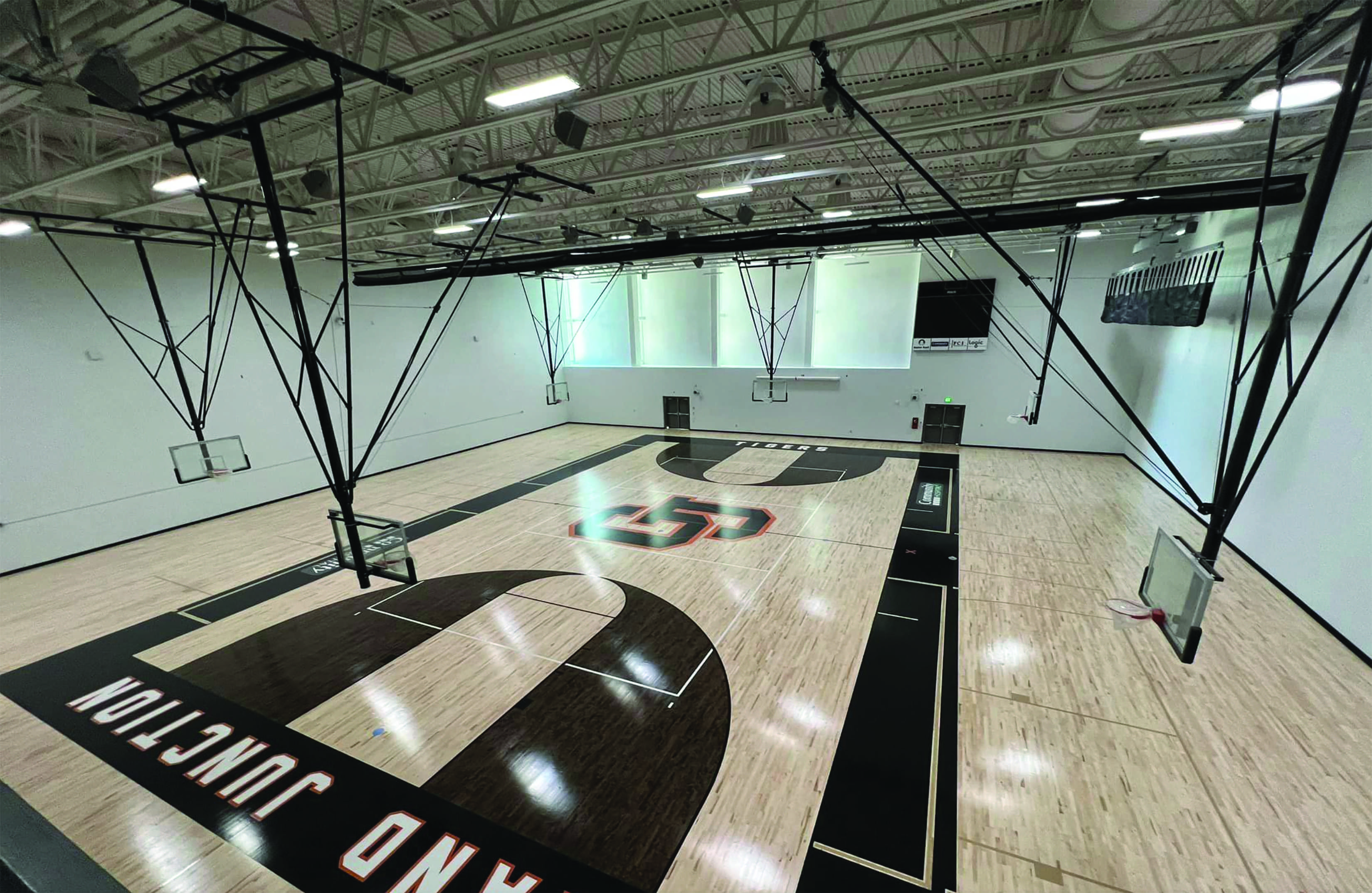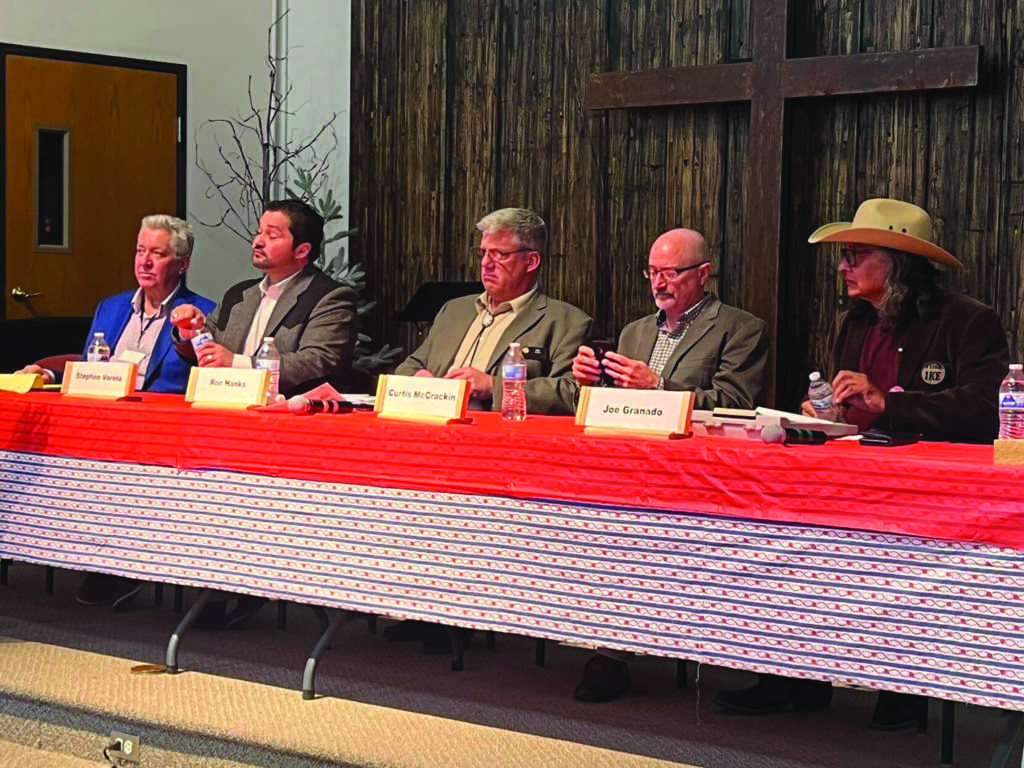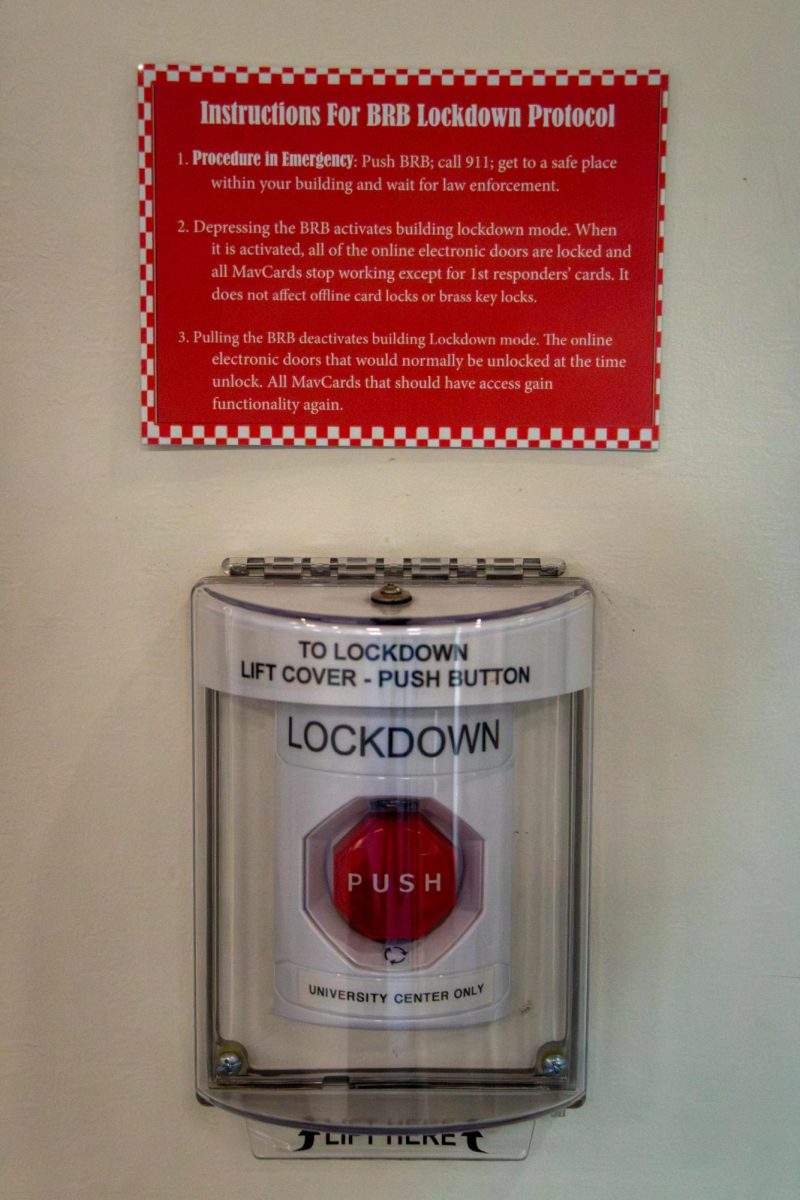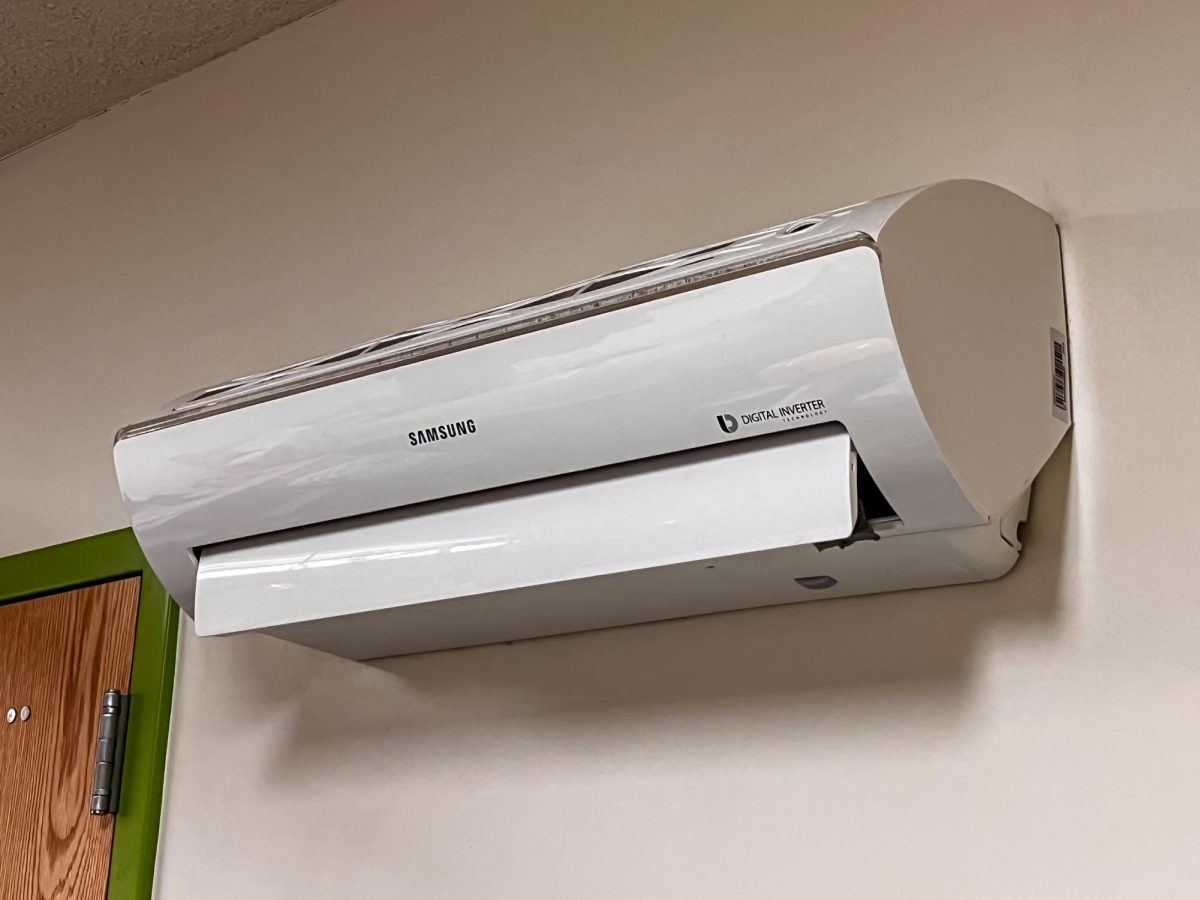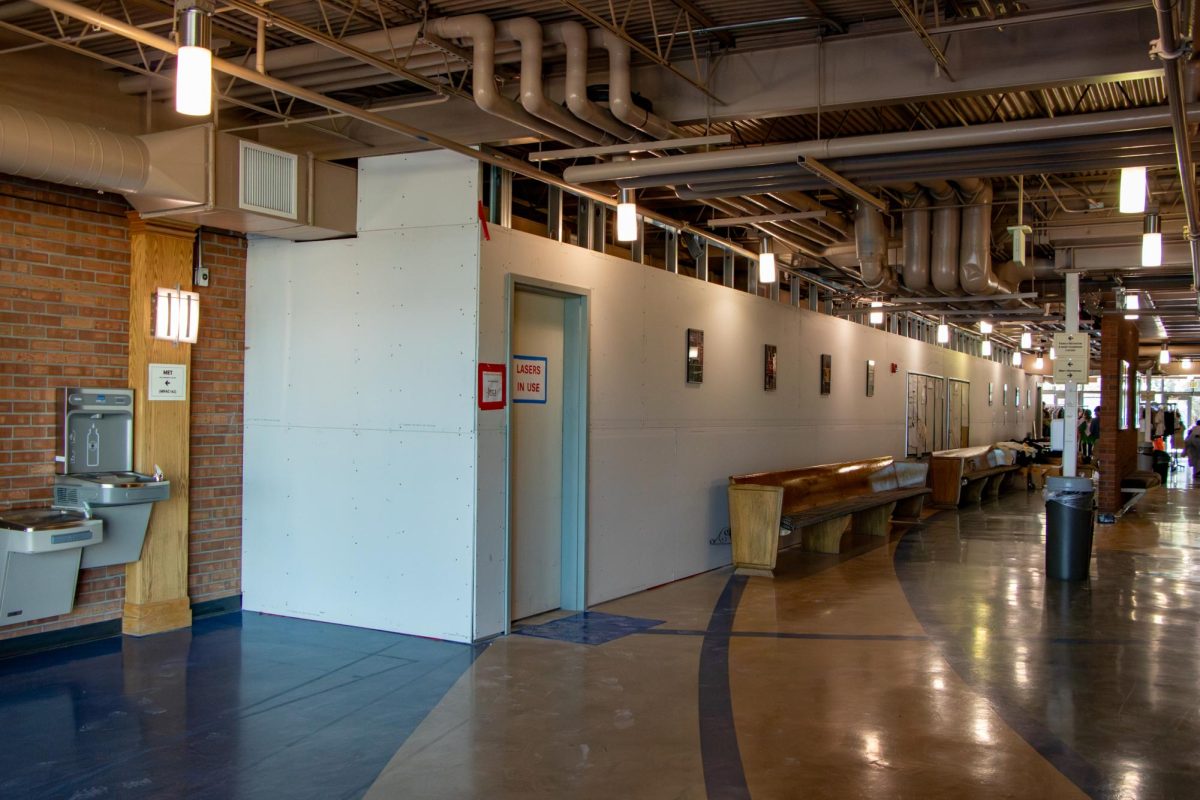The number of students at Colorado Mesa University has been growing for a while now, and with that, the internet is constantly being upgraded to take it all in.
According to a data table provided by Executive Director of Information and Communication Technology Jeremy Brown, 2005 saw the addition of nine wifi access points. Before that, internet was accessed on campus through the school computers, which had wired internet connections.
“There was one room in the library which was pretty much the computer lab,” Brown said, recalling that there had been 60-90 computers with internet capabilities. As of 2004 and 2005, the internet bandwidth was 10 Mbps. This year, the bandwidth is 4.2 Gbps.
Since 2005, when the first nine access points were added, CMU has reached 972 access points. According to Brown, a large portion of the bandwidth is for residence halls. “We’re a pretty compact campus, so that’s pretty good coverage,” Brown said. “We’re pretty happy with it.”
On a second data sheet titled “Bandwidth Demands,” the top five highest users of CMU’s bandwidth are listed. Netflix is the most demanding user of bandwidth on campus. From Aug. 25-Sept. 25, 63.8 TB of internet was used on Netflix.
Snapchat came in second place, but at a much lower 10.22 TB, less than a sixth of Netflix’s usage. Following Snapchat, Instagram came in third with 9.56 TB, then Hulu with 5.67 TB and then Facebook with 5.24 TB.
A separate data sheet from Apr. 1-25 shows Netflix at 23.7 TB of usage, then Instagram in second with 5.8 TB, Facebook with 2.8 TB, Hulu with 2.7 TB and Snapchat in fifth with 2.5 TB. Netflix still came in first in this date range from the spring, but it was lower than the data from this fall.
From Apr 1-25, Netflix averaged 0.95 TB a day while averaging 2.05 TB a day from Aug. 25-Sept. 25. “More HD/4K content probably drives a little bit of that,” Brown said. “Devices are getting faster and they’ve got a better screen resolution.”
According to Brown and the data tables, the number of access points and the amount of bandwidth has been increasing since 2004 to adjust accordingly to demand.
“A few years ago, when Snapchat and Instagram came on the scene and people started doing more with media, sending videos in addition to pictures, there was another up-tick there,” Brown said. He also pointed to the increase from 63 to 153 access points in 2007 when the first smartphones came out.
According to Brown, in addition to added access points, outdated routers are also constantly being replaced by new ones. “We just got done with a three-year upgrade to our wireless infrastructure, so we’re using Aruba now,” Brown said.






